Dressed. 7 women - 200 years of fashion
Museum für Kunst und Gewerbe Hamburg, Photo: Anne Schönharting
HAMBURG.- Our wardrobe is among our most personal possessions. Nothing is closer to our bodies. Alongside its purely practical function, clothing is also a nuanced means of communication and self-expression. The exhibition DRESSED. 7 WOMEN – 200 YEARS OF FASHION presents seven fashion-conscious women and their wardrobes, ranging from the nineteenth century to the present day. The spotlight is on the personalities and biographies of the wearers, who reveal themselves to be both performers and consumers of fashion. Whether haute couture, daywear, protest gear or avant-garde trends – what they choose to wear is every bit as diverse as their lifestyles. Their wardrobes tell of the status-consciousness of high-society wives, of an existence marked by illness, of “power dressing” for projecting confidence in the executive suite, of Hamburg’s punk scene, and of the aesthetics of resistive aesthetics embraced by an art and design collector.
Rather than basing the selection on status or celebrity, the protagonists cover the greatest possible variety of women’s lifestyles and their expression through fashion. Around 150 garments and accessories from the Fashion and Textiles Collection at the Museum für Kunst und Gewerbe Hamburg illuminate seven different walks of life and 200 years of fashion, women’s liberation and contemporary history. The fashion items were produced by famous designers, couturiers/couturières and fashion ateliers such as Maison Worth, Elsa Schiaparelli, Yves Saint Laurent, Yohji Yamamoto, Rei Kawakubo and Martin Margiela as well as by anonymous tailors and seamstresses. They are supplemented by biographical testimonies, photographs and documents.
Senator Dr Carsten Brosda says of the exhibition: “The history of clothing is the history of man. The history of fashion is the history of our social self-image. “Dressed” tells both the story of individual lives and the spirit of the times. The exhibition traces our understanding of aesthetics, the relationship between no-go's and avant-garde, do's and don'ts and as a whole is a symbol of possibilities. With the exhibition “Dressed”, the MK&G once again sensitises us to the social value of clothing in a time of material hyperconsumption.”
“The idea of approaching not only fashion history but also the former wearers through the seven wardrobes on display immediately excited me”, remarks Tulga Beyerle, director of the Museum für Kunst und Gewerbe Hamburg. “The narrative also goes beyond that and deals with a topic that is still relevant today: the changing role of women in society.”
CLOTHING AS AN ARCHIVE
The design of the exhibition is inspired by the concept of an archive. Reference is thus made to the museum’s mission of collecting and research but also to the archival function of clothing itself, which serves as a material witness to the history of design, technology and trade. At the same time, garments perpetuate the traces of individual bodies, movement and use, providing immaterial clues to the wearer’s aura and calling to mind notions of femininity, beauty and chic as well as personal and collective memories.
CLOTHING AS OBJECT OF DAILY USE
Garments are everyday items inscribed with signs of their use and of the body that wears them and bearing the marks of material wear and tear and of storage. These visible marks are just as unwelcome in private ward-robes as they are in museum collections – and yet they prove to be extremely valuable as evidence for object-based research. The exhibition therefore also shows objects with clear signs of wear and provides information about their state of preservation.
CLOTHING AS A MEANS OF SOCIAL COMMUNICATION
Clothing norms and dress codes depend on factors such as age, gender, body shape, occasion, location, status and social group. We already start learning in childhood how to navigate this maze of rules and find the right mix for ourselves between conformity and individuality. As demonstrated by the biographies recounted here, fashion and a preoccupation with how we look is even today primarily a topic for women and people who read as female. Women are judged more by their appearance than their male counterparts and are held to account more harshly for ostensible “mistakes” in how they present themselves. The role dress plays in social communication cannot be overestimated. Its effect is immediate. Whether consciously or unconsciously, we send and receive signals with our clothed bodies – not to communicate is impossible.
FASHION HOUSES AND DESIGNERS REPRESENTED
The exhibition provides a detailed look at high-quality items of clothing in the MK&G collection along with glimpses of the creative work of a wide range of both anonymous makers and famous national and international fashion designers, couturiers/couturières and ateliers, including Georges Dœuillet, Romeo Gigli, Rei Kawakubo/Comme des Garçons, Alice Lanot, Emilienne Manassé, Maison Martin Margiela, Issey Miyake, Rick Owens, Prada, Yves Saint Laurent, Elsa Schiaparelli, Worth, Yohji Yamamoto and others.
SEVEN PERSONALITIES – SEVEN WARDROBES
The seven wardrobes selected for the show shed light on the development of fashion since the early nineteenth century. The items on view can be seen in one sense as an abstract succession of generations. The Second World War marked a clear turning point in terms of women’s opportunities, as revealed by the marital status and occupation of the various women portrayed. Women born after 1940 were no longer confined to the role of mother, wife and housewife but were able to pursue their own professional goals. The garments also tell of contemporary political and social developments: The rigid corset disappeared after the First World War, roughly concurrently with the rise of women’s suffrage. The proliferation of trousers in women’s fashion from the 1970s onwards went hand in hand with the women’s liberation movement. And in the 1980s, an increasing plurality of clothing styles reflected developments in society at large.
The earliest apparel ensemble, which once belonged to ELISE FRÄNCKEL (1807–1898), consists mainly of accessories and reveals the up to date fashion sense of the senator’s wife from Oldenburg in Holstein around 1820.
Elise Fränckel (1807–1898), ladies' hat with feather trimming, around 1825–29, Museum of Arts and Crafts Hamburg, photo: Anne Schönharting.
Elise Fränckel (1807–1898), wedding dress, petticoat and bridal veil, 1826, Museum of Arts and Crafts Hamburg, photo: Anne Schönharting.
Elise Fränckel (1807–1898), “Slipper” women’s shoes, “Renault à Paris R 128 75”, 1830–50, Museum of Arts and Crafts Hamburg, photo: Anne Schönharting.
The wardrobe of the diplomat’s wife EDITH VON MALTZAN FREIFRAU ZU WARTENBERG UND PENZLIN (1886–1976) includes elegant daywear and exquisite afternoon and evening attire from the years 1895 to 1950.
Edith von Maltzan (1886–1976), Edith von Maltzan, 1925, photo: Franz Grainer.
Edith von Maltzan (1886-1976), ball gown Mon. A. Boucicaut, Au Bon Marché Paris, 1905-06, Museum of Arts and Crafts Hamburg, photo: Anne Schönharting.
Edith von Maltzan (1886–1976), dance dress, Worth, Paris, 1927, Museum of Arts and Crafts Hamburg, photo: Anne Schönharting.
Edith von Maltzan (1886-1976), evening dress, 1948-50, Museum of Arts and Crafts Hamburg, photo: Anne Schönharting.
The life and clothing of ERIKA HOLST (1917–1946) were shaped by war and her illness with tuberculosis. Dating from 1935 to 1945, her wardrobe contains mostly daywear.
Erika Holst (1917–1946), Erika Schlottfeldt (married Holst) around 1937, photo: Friedrich Holst
Erika Holst (1917–1946), Three Day Dresses, around 1938–42, Museum of Arts and Crafts Hamburg, photo: Anne Schönharting
Erika Holst (1917–1946), Two Bib Skirts and a Sweater, Germany, 1937–43, Museum of Arts and Crafts Hamburg, Photo: Anne Schönharting
Erika Holst (1917–1946), swimsuit, Jantzen, around 1935–38, Museum of Arts and Crafts Hamburg, photo: Anne Schönharting
The Hamburg gallery owner and museum founder ELKE DRÖSCHER (b. 1941) wore almost exclusively prêt-à-porter models by Yves Saint Laurent between 1968 and 1986, opting for a form of “power dressing”.
Elke Dröscher (*1941), Elke Dröscher, 1978, Photo: © Robert Lebeck
Elke Dröscher (*1941), Blouson and skirt, Yves Saint Laurent (1936–2008), Saint Laurent Rive Gauche, H/W 1975/76, Museum für Kunst und Gewerbe Hamburg, Photo: Anne Schönharting
Elke Dröscher (*1941), Two two-piece dresses, Yves Saint Laurent (1936–2008), Saint Laurent Rive Gauche, F/S 1973 and F/S 1979, Museum für Kunst und Gewerbe Hamburg, Photo: Anne Schönharting.
Elke Dröscher (*1941), Collection Yves Saint Laurent (1936–2008), Saint Laurent Rive Gauche, Museum für Kunst und Gewerbe Hamburg, Photo: Anne Schönharting
INES ORTNER (b. 1968), active in Hamburg’s punk scene since the mid-1980s, combines an interest in fashion with a socio-critical stance in her “self-constructed”, in some cases anarchic clothing objects.
Ines Ortner (*1968), Ines Ortner, concert performance, 1990s, photo: © Alfred Zimmel
Ines Ortner (*1968), Escora, 1987; Evening gown, 1980s, Museum für Kunst und Gewerbe Hamburg, Photo: Anne Schönharting
Ines Ortner (*1968), short fur jacket and leather vest, Ines Ortner, 1985–90, Museum of Arts and Crafts Hamburg, photo: Anne Schönharting
Ines Ortner (*1968), can-tab dress, Ines Ortner, 1987–88, Museum of Arts and Crafts Hamburg, photo: Anne Schönharting
ANGELICA BLECHSCHMIDT (1942–2018), editor-in-chief of German Vogue from 1989 to 2002, clad herself in high-end products from international fashion houses as befitting her position. Her “work uniform” consisted of little black dresses in combination with chunky costume jewellery.
Angelica Blechschmidt (1942–2018), Angelica Blechschmidt, 1995. Courtesy Kirsten Landwehr © Angelica Blechschmidt Archiv
Angelica Blechschmidt (1942–2018), Midnight blue satin dress, Karl Lagerfeld (1933–2019), Chanel, H/W 2004, Museum für Kunst und Gewerbe Hamburg, Photo: Anne Schönharting
Angelica Blechschmidt (1942–2018), Coat dress, Yohji Yamamoto, Tokyo, F/S 2003, Museum für Kunst und Gewerbe Hamburg, Photo: Anne Schönharting
Angelica Blechschmidt (1942–2018), Cocktail dress Gianni Versace (1946–1997), Versace Couture, H/W 1994/95, Museum für Kunst und Gewerbe Hamburg, Photo: Anne Schönharting
The art and design collector ANNE LÜHN (b. 1944) has over the years donated individual pieces from her wardrobe to MK&G. The often asymmetrical garments created by an international design avant-garde display an aesthetic of resistance.
Anne Lühn (*1944), Anne Lühn, 2021, Photo: Anne Schönharting
Anne Lühn (1944), Women’s suit: Jacket and wrap skirt, Rei Kawakubo (*1942), Comme des Garçons, H/W 2000, Men’s suit: Comme des Garçons Shirt, H/W 2000, Museum für Kunst und Gewerbe Hamburg, Photo: Anne Schönharting
Anne Lühn (*1944), left: Shirt/mini dress, Issey Miyake PleatsPlease, 1997, Photography: Nobuyoshi Araki (*1940), right: Handbag, Alessandro Mendini (1931–2019), Studio Alchimia, around 1987, Museum für Kunst und Gewerbe Hamburg, Photo: Anne Schönharting
Anne Lühn (1944), Women’s suit: Jacket and wrap skirt, Rei Kawakubo (*1942), Comme des Garçons, H/W 2000, Men’s suit: Comme des Garçons Shirt, H/W 2000, Museum für Kunst und Gewerbe Hamburg, Photo: Anne Schönharting

/https%3A%2F%2Fprofilepics.canalblog.com%2Fprofilepics%2F1%2F0%2F100183.jpg)
/https%3A%2F%2Fstorage.canalblog.com%2F03%2F02%2F119589%2F96711876_o.jpg)
/https%3A%2F%2Fstorage.canalblog.com%2F11%2F31%2F119589%2F94773502_o.jpg)
/https%3A%2F%2Fstorage.canalblog.com%2F20%2F83%2F119589%2F94772815_o.jpg)
/https%3A%2F%2Fstorage.canalblog.com%2F26%2F72%2F119589%2F75604929_o.jpg)
/https%3A%2F%2Fstorage.canalblog.com%2F59%2F60%2F119589%2F26458628_o.jpg)
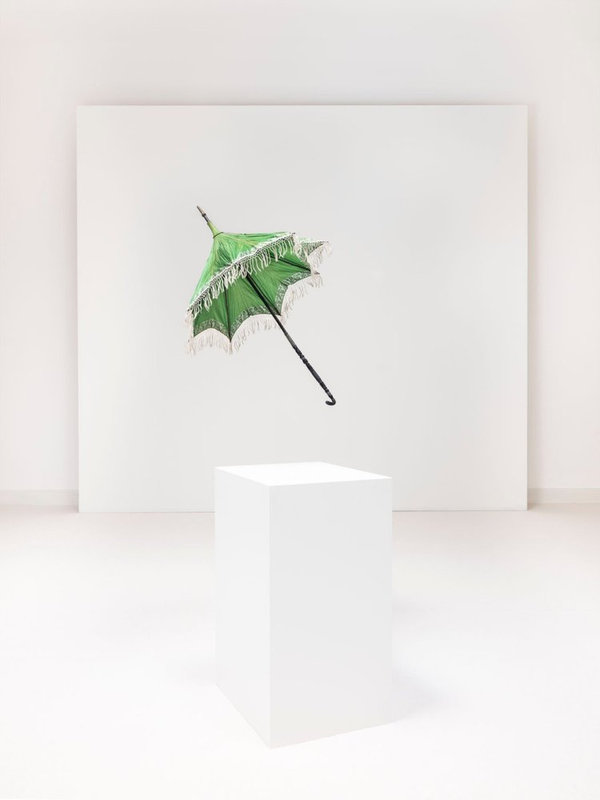
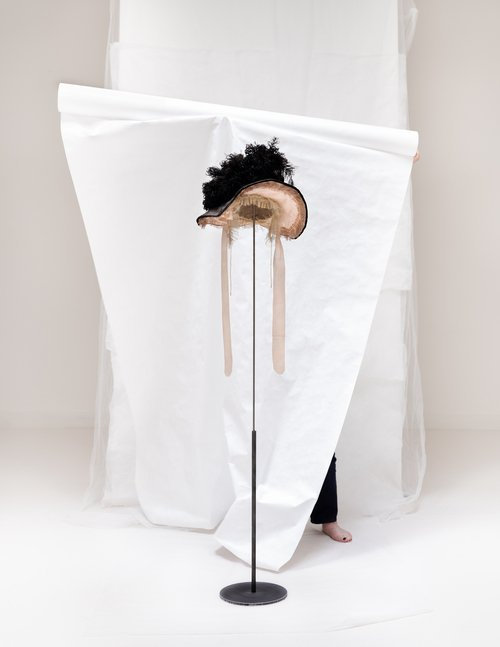



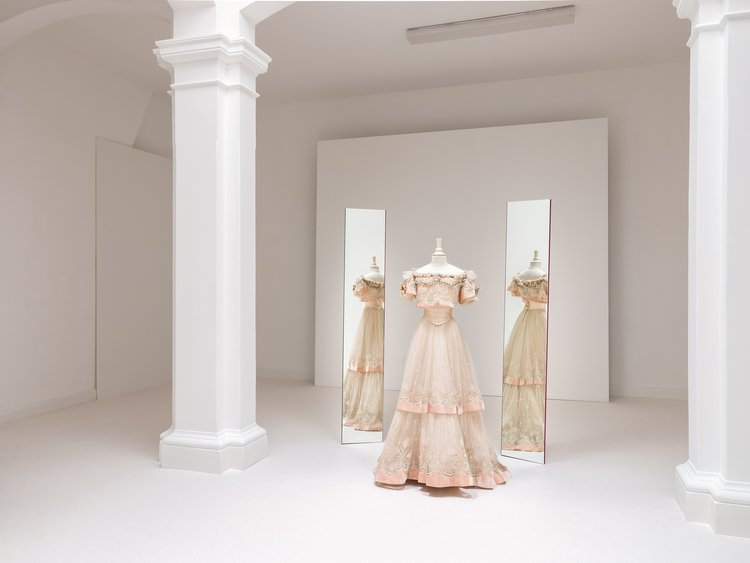



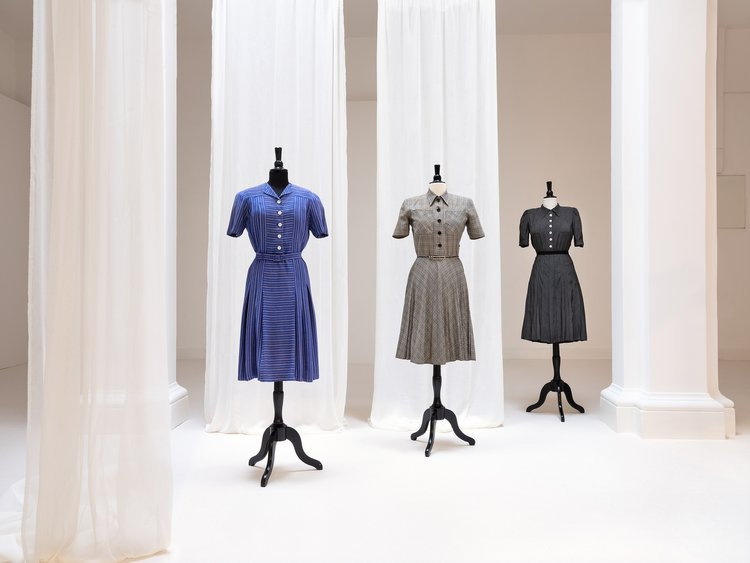



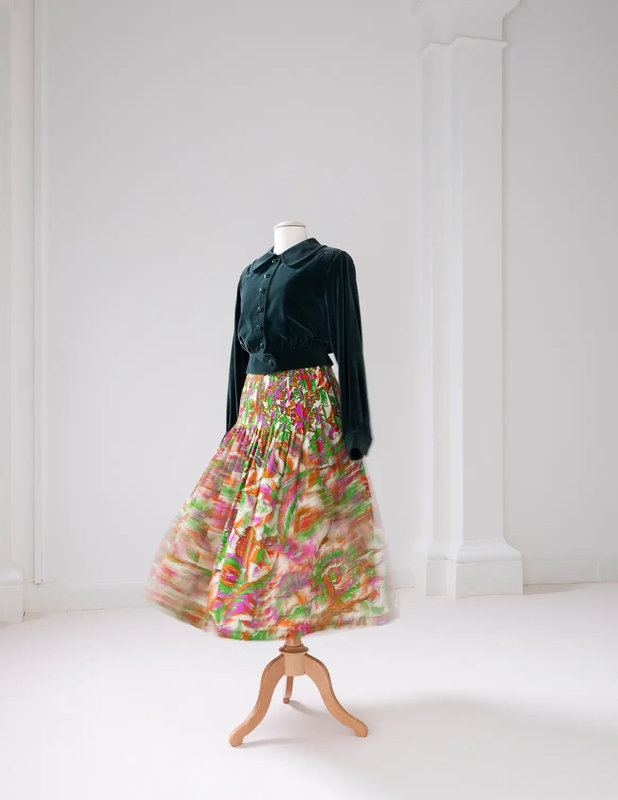
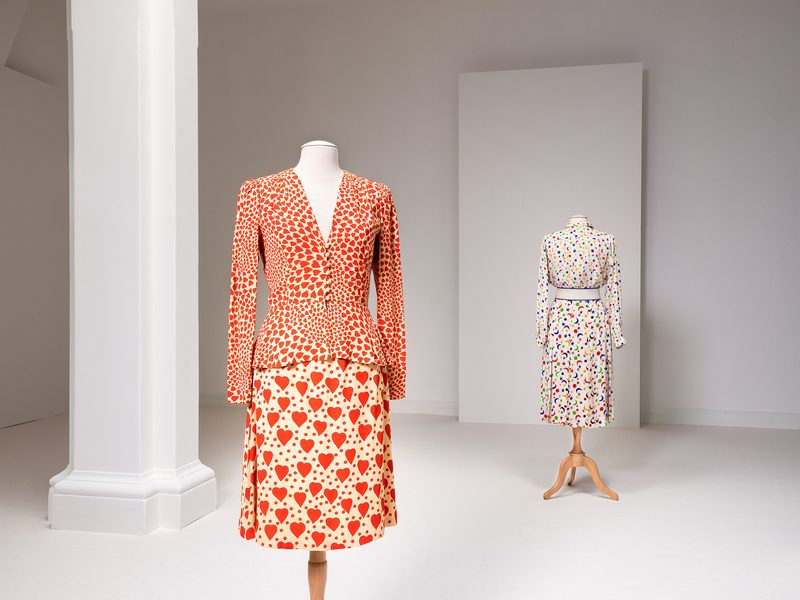



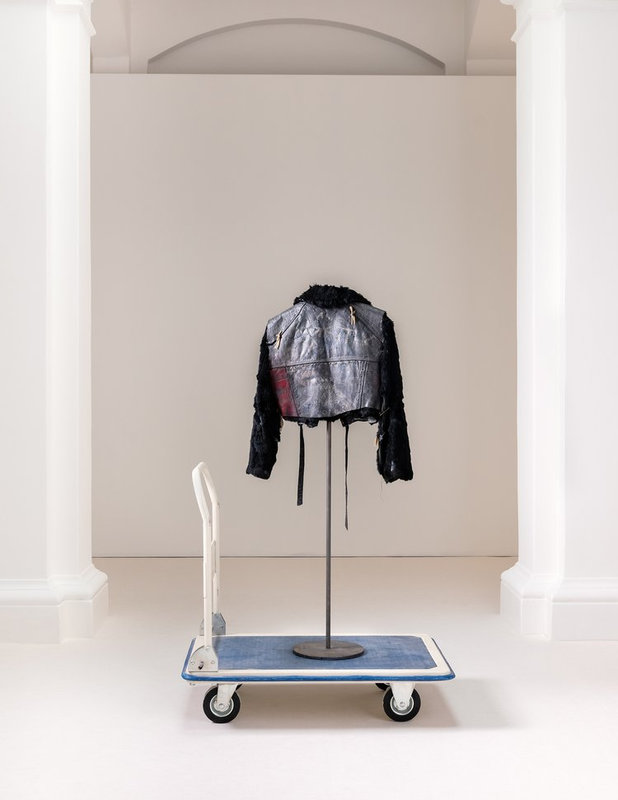
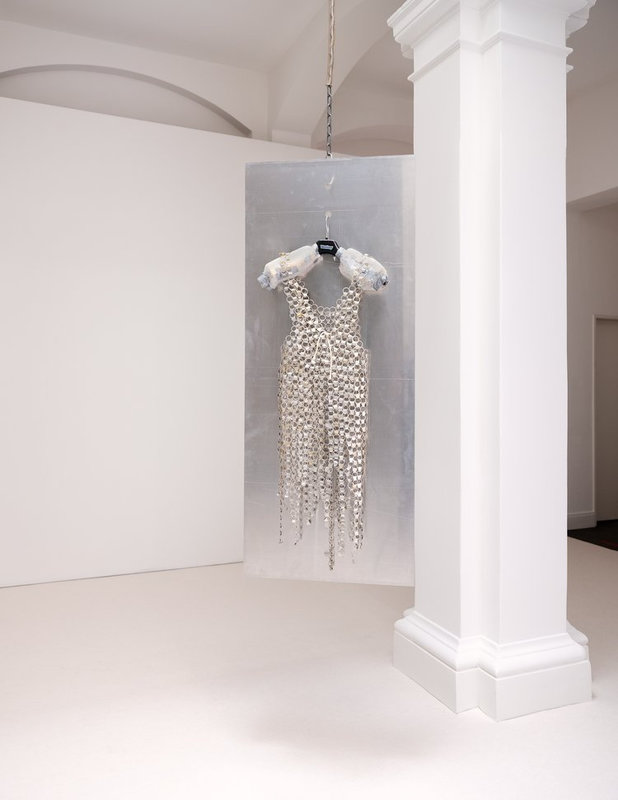


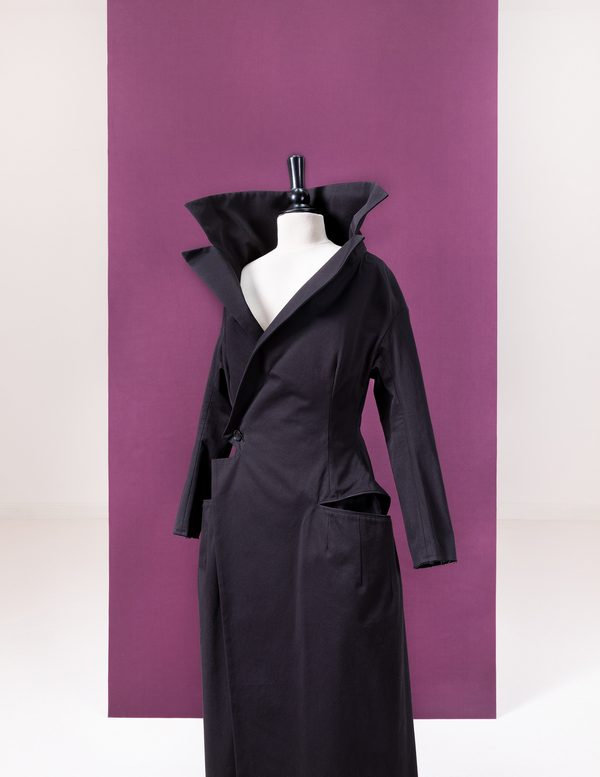
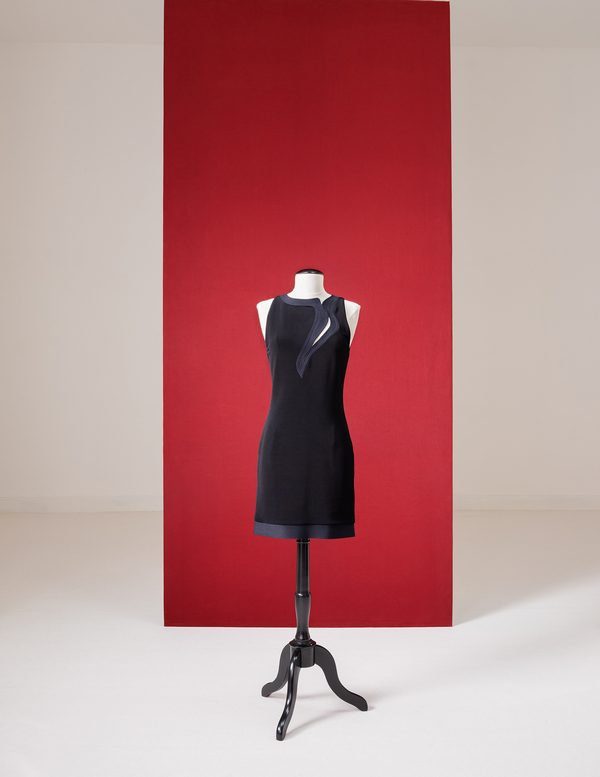


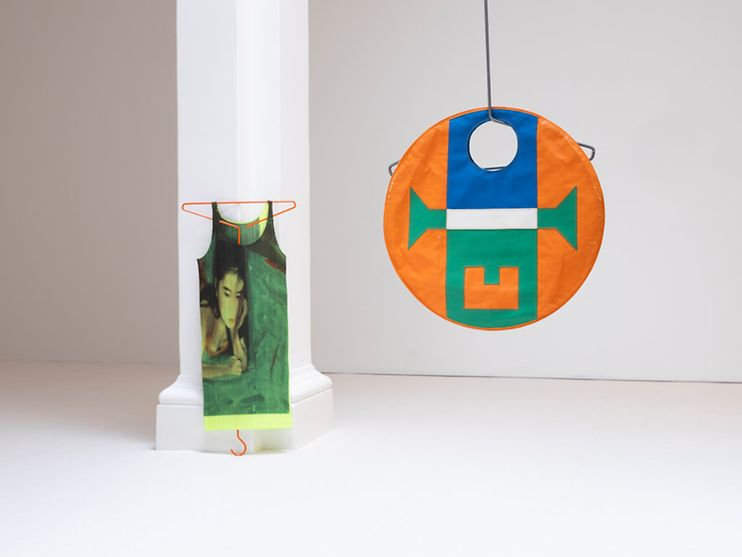



/http%3A%2F%2Fstorage.canalblog.com%2F89%2F93%2F119589%2F127899898_o.jpg)
/http%3A%2F%2Fstorage.canalblog.com%2F81%2F83%2F119589%2F120714101_o.jpg)
/http%3A%2F%2Fstorage.canalblog.com%2F84%2F63%2F119589%2F120641874_o.jpg)
/http%3A%2F%2Fstorage.canalblog.com%2F98%2F01%2F119589%2F115928748_o.jpg)